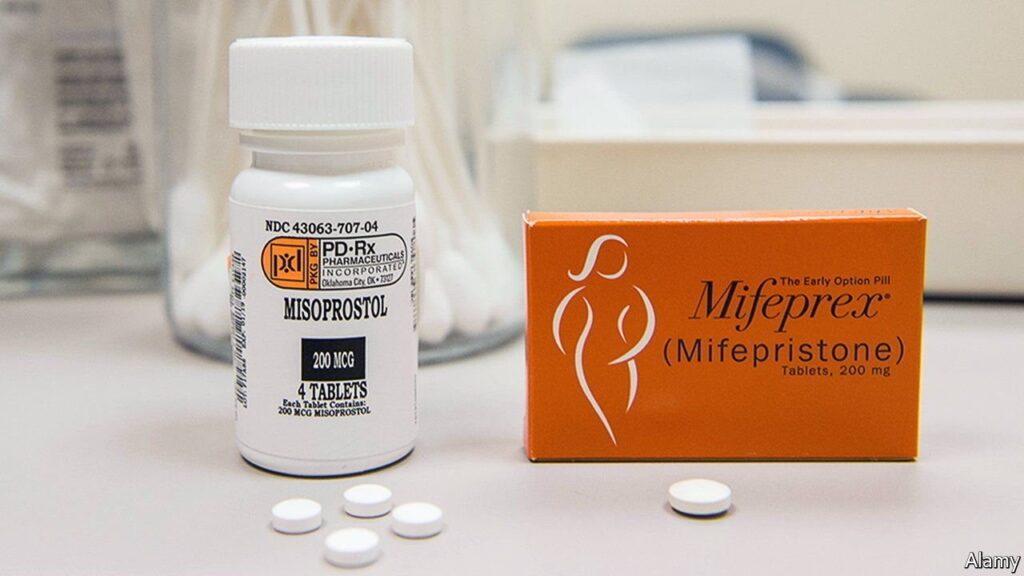
Roe vs. Wade is overturned: Now what’s the procedure for abortion?
“Our bodies, our choice”, but what if our decisions are punished and outlawed by the state? If we don’t have full autonomy over our bodies, then what do we do? This Friday, the Supreme Court overturned Roe vs. Wade which means abortion was outlawed. This historical reverse ended fifty years of federal abortion rights and was a slap in the face to all feminists who have fought for female rights.
All identities are somehow systematically conditioned, still, it is undeniable that female & dissident identities are more vulnerable. And if we’re going to point fingers, the state isn’t the only one responsible, don’t forget the power of the media. Anyhow, the deprivations of the state on our bodies are definitely the most violent ones, due to the coercion it can exercise through legal punishment.
Roe v. Wade was a landmark decision taken in 1973 by the Supreme Court. This ruled that the constitution of the United States protected pregnant women’s liberty to choose an abortion. However, women have historically practiced abortion without the permission of the State and will keep doing so.

Will this decision reduce the abortion rate?
According to the World Health Organization (WHO), the legality of abortion worldwide will have little or even no effect on abortion rates. Anyhow, abortion being punished, forbidden, conditioned, or outlawed does provide a harder scenario to decide for several women and other pregnant identities. Not to mention the guilt that comes with conservative fiction combined with lack of information.
This is why knowing the different procedures to have an abortion and that all pregnant identities are always on their right to decide is crucial. There are several ways to have an abortion, some of them must be done at hospitals or specialized clinics, and others are completely safe to be done at home. Even the World Health Organization provides an abortion care guideline.
This guide provided by WHO holds evidence-based information to decide and a health manual to proceed correctly. Unfortunately, several contexts don’t count with abortion rights, and some clinical procedures won’t be legally available. This makes several women vulnerable to suffering scams under despair.

Abortion is definitely one of the most shocking practices to right-wing militants, which were the same ones who voted in favor of outlawing abortion this morning. Saying that “from the very moment of fertilization, a woman has no rights to speak of”. They also mentioned: that “a state can force her to bring a pregnancy to term, even at the steepest personal and familial costs.”

Abortion procedure at home
We’ll talk about the general guidelines of abortion procedures and recommendations at home to make it equitable to all contexts. If you live in an environment with abortion rights and have the support to do it from the people you live with, congratulations. However, if this isn’t your case, you don’t have to worry.
The safe abortion procedure from home is through pills, usually Misoprostol & Mifepristone or Misoprostol only. Abortion with pills is 94% successful, yet it must be done before the twelve weeks to stay safe. If you have trouble finding the pills or they won’t sell them to you in your country without a recipe, then contact Women on Web or any other feminist collective you trust on. Safe2choose is another option.
WHO healthcare guide recommends 200 mg mifepristone administered orally, followed 1–2 days later by 800 mg of Misoprostol. The minimum recommended lapse between the use of Mifepristone and Misoprostol is 24 hours. If using Misoprostol alone, 800mg is WHO’s recommendation.

Misoprostol is administered vaginally, sublingually, or buccally, however, if abortion isn’t legally regulated we suggest doing it sublingually. In this way, there will be no evidence that can put you in trouble, and in case of needing a doctor, you can simply say you weren’t aware.
The pills will cause contractions in the womb, and as a consequence, pregnancy will be expelled. Abortion procedures through pills can get painful cramps, vaginal blood loss, nausea, diarrhea, and vomiting. Know that there’s a risk of heavy bleeding for which a woman will have to be treated by a doctor. This is why you should use only sanitary towels as a blood recollection method, and be aware of the amount of flow.
Despite the legal policies surrounding the different contexts, this should always stay a personal decision. Remember there will always be at-home safe abortion procedures, you’re not alone. Please don’t underestimate having WHO’s abortion procedure guide on hand. Also, if you get to contact an activist accompanist with whom you can share your process, it’s the best option.







